Zulu Attire: An Expression of Cultural Identity and Tradition
Zulu Attire: An Expression of Cultural Identity and Tradition
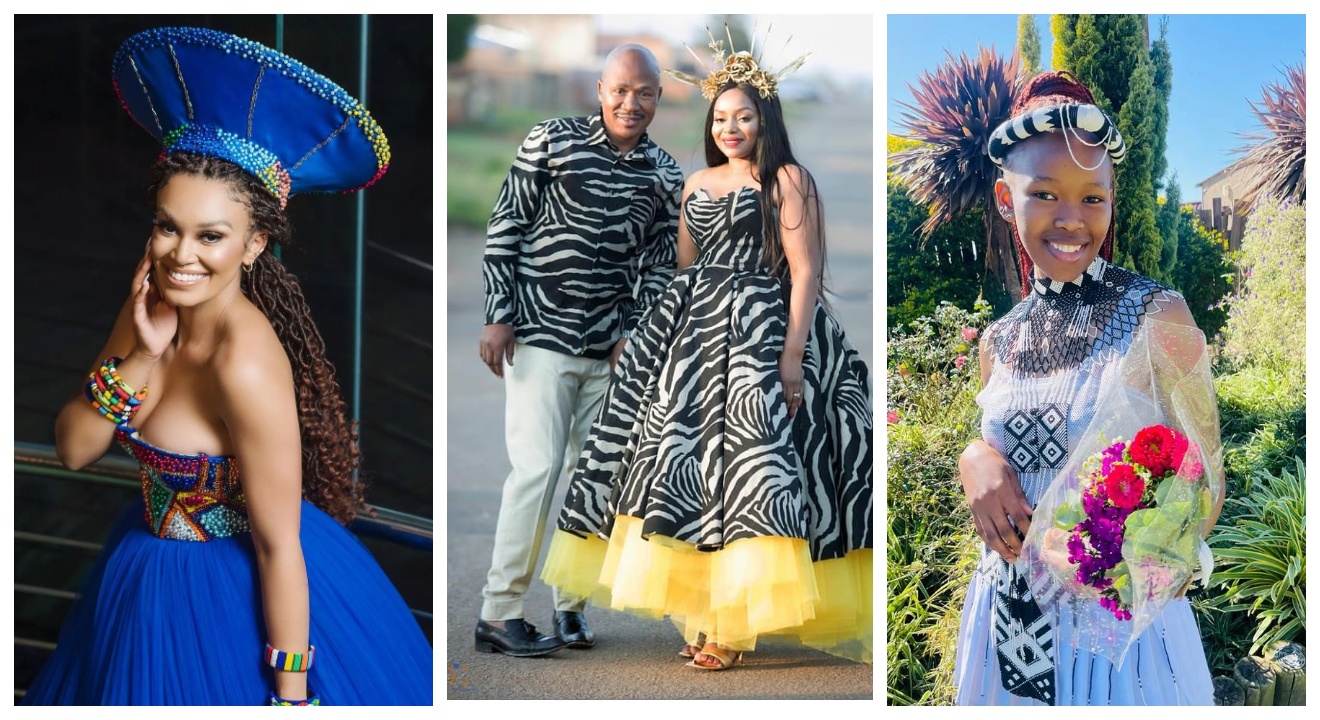
Zulu Attire: An Expression of Cultural Identity and Tradition
Introduction
Zulu attire holds great significance in the Zulu culture, encompassing both a reflection of cultural identity and a symbol of tradition. The clothing choices of the Zulu people not only showcase their unique style but also serve as a means of communication and celebration.
The significance of Zulu attire
Zulu attire plays a crucial role in various aspects of the community’s life. It represents a sense of pride in their heritage and helps to preserve the traditions passed down through generations. The vibrant colors, intricate beadwork, and bold patterns found in Zulu clothing reflect the rich history and artistic expression of the Zulu people. It is not merely a piece of fabric but a symbol of cultural pride and a way to differentiate themselves from other tribes.
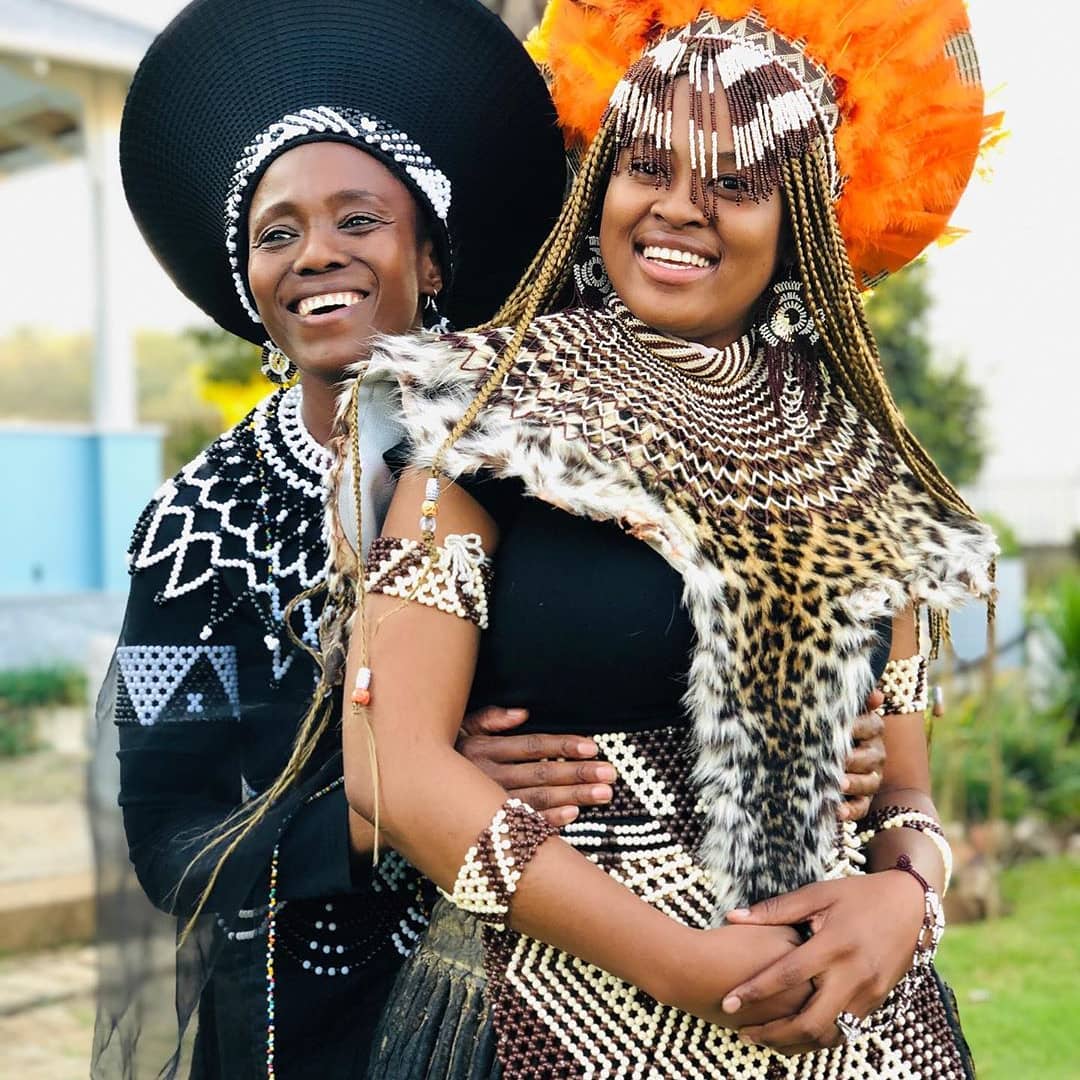
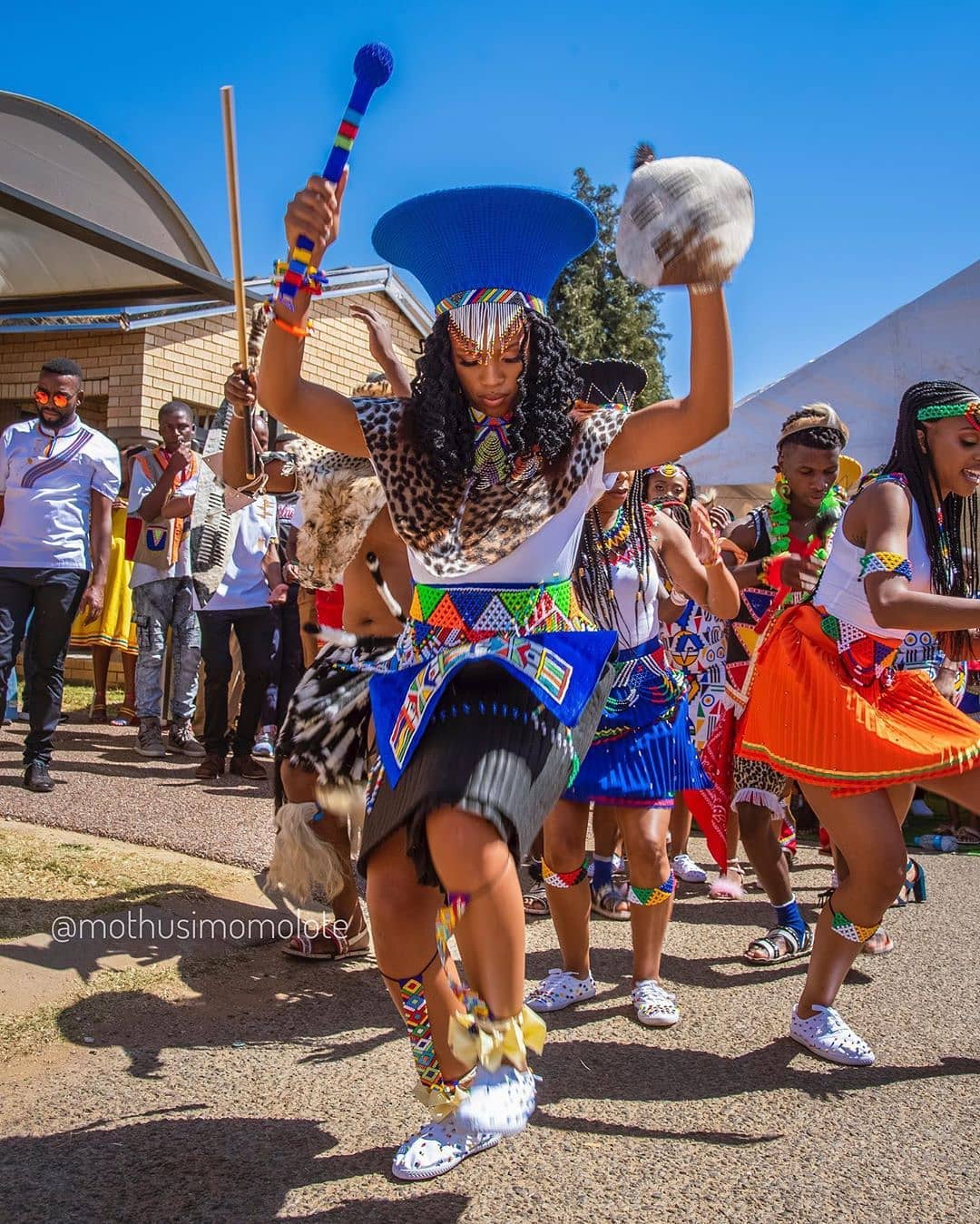
Preservation of cultural identity through clothing
Zulu attire serves as a powerful tool for the preservation of cultural identity. Each garment tells a story, often depicting historical events, spiritual beliefs, or societal roles. By wearing traditional Zulu clothing, individuals proudly display their heritage and contribute to the ongoing preservation of their culture. It serves as a visual reminder of the customs, values, and way of life that define the Zulu people. Through the continued practice and promotion of their traditional attire, Zulu individuals ensure that their cultural identity remains vibrant and alive.
In conclusion, Zulu attire goes beyond fashion; it represents the soul and spirit of the Zulu people. It is a celebration of their heritage, a form of self-expression, and a way to pass down their traditions to future generations. The significance of Zulu attire cannot be underestimated, as it plays a vital role in preserving cultural identity and promoting the rich tapestry of Zulu traditions.
Traditional Zulu Attire
Zulu traditional clothing and its elements
The traditional attire of the Zulu people is a vibrant and captivating representation of their cultural identity and heritage. It embodies a rich history and serves as a visual expression of their unique traditions. Zulu clothing is characterized by its bold colors, intricate beadwork, and striking patterns. Women often wear isidwaba, a skirt made from cowhide or fabric, paired with a colorful top called an isicwaya. Men commonly don a loincloth known as ibheshu, complemented by a beaded belt and accessories. These traditional elements not only reflect the Zulu aesthetic but also contribute to the preservation of their cultural identity.
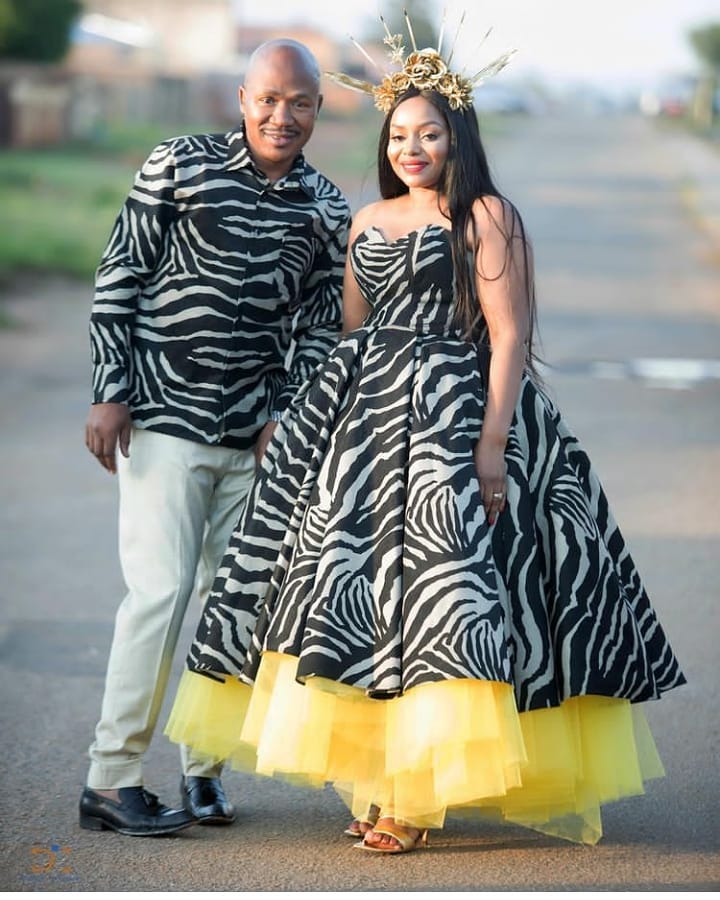
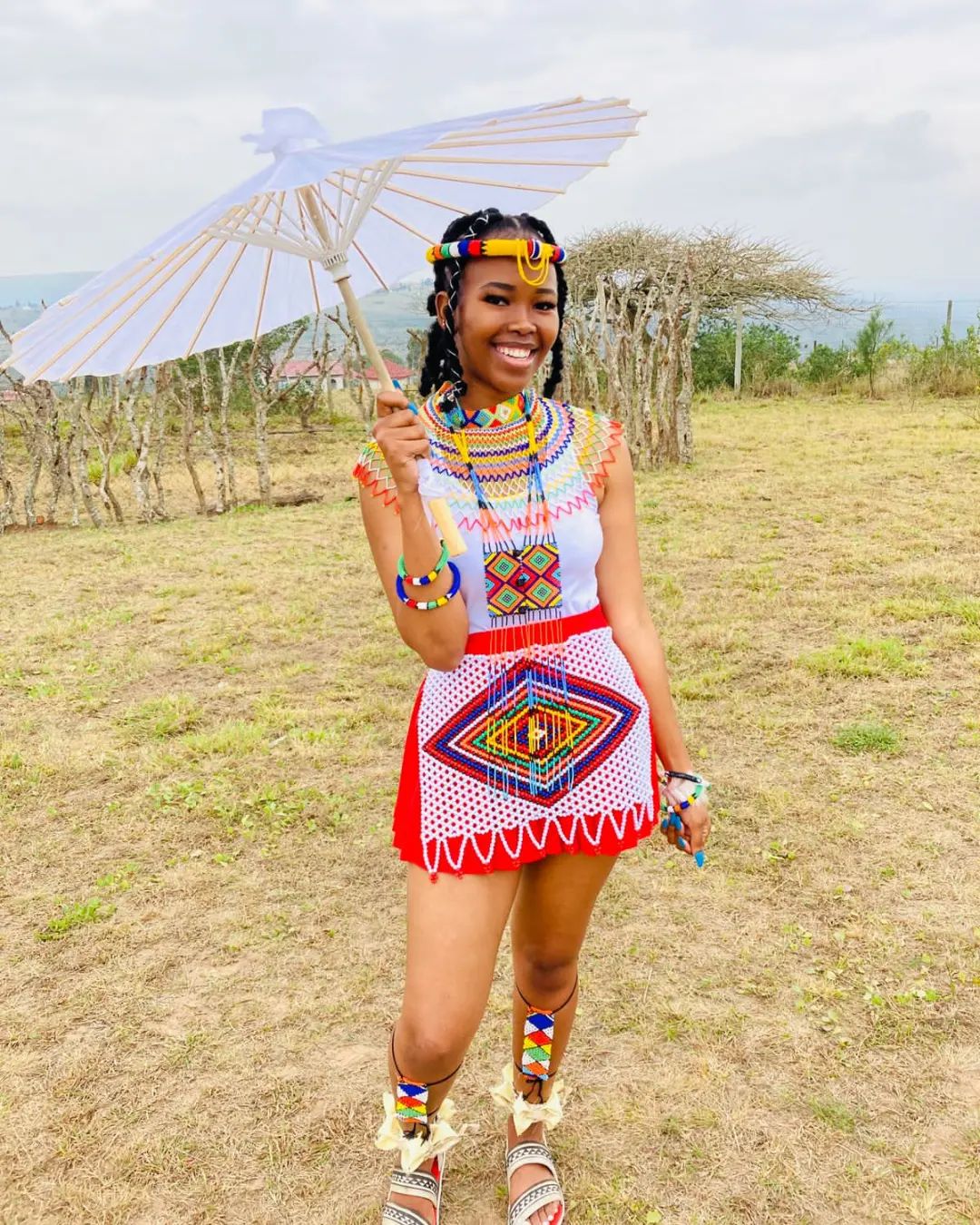
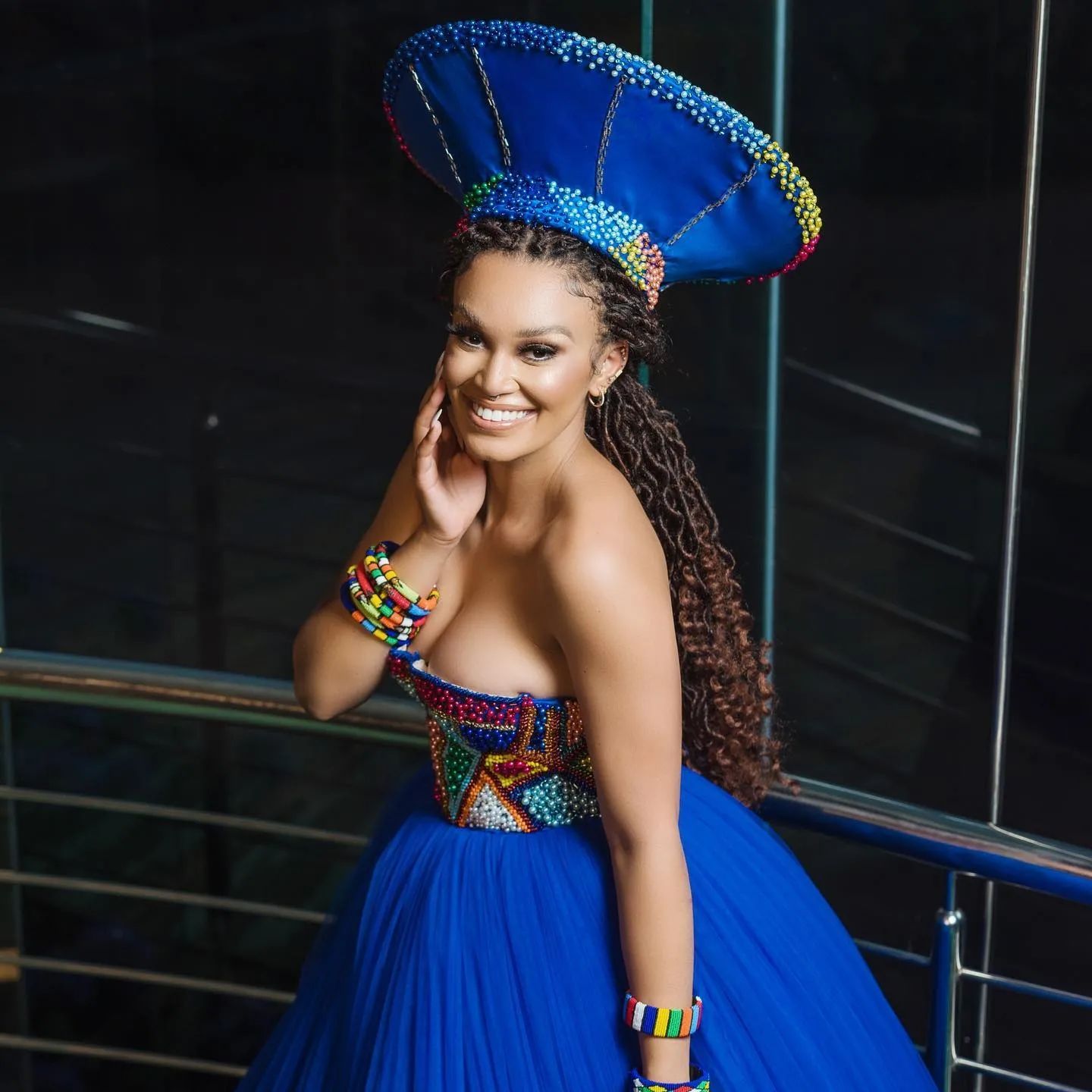
Symbolism and meanings behind Zulu attire
Zulu attire goes beyond its aesthetic appeal and holds deep symbolism and meanings. Each garment carries a story, depicting historical events, spiritual beliefs, or societal roles. The vibrant colors symbolize various aspects of Zulu life, such as red representing bravery and blue representing love. The intricate beadwork is more than just decoration; it conveys messages of status, age, and marital status. The patterns and designs often depict significant elements in Zulu culture, such as animals, plants, or ancestral symbols. Zulu attire is not just clothing; it is a form of cultural expression and a testament to the pride and heritage of the Zulu people.
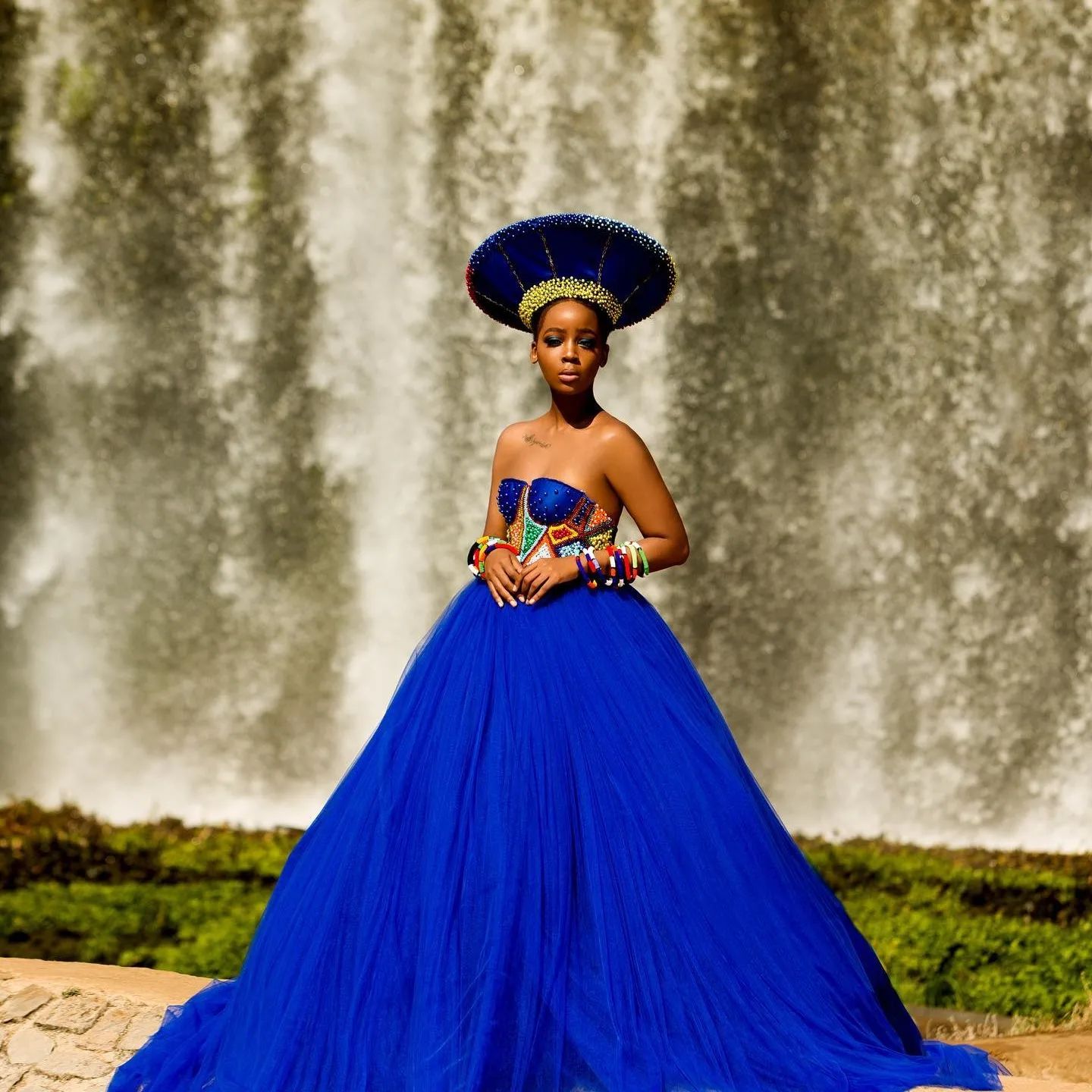
Modernization of Zulu Attire
The traditional attire of the Zulu people holds immense cultural significance, representing their unique identity and heritage. Over the years, Zulu clothing has evolved, incorporating contemporary influences while still staying true to its roots. The modernization of Zulu attire has led to a fusion of traditional elements with contemporary fashion trends, resulting in a vibrant and dynamic style.
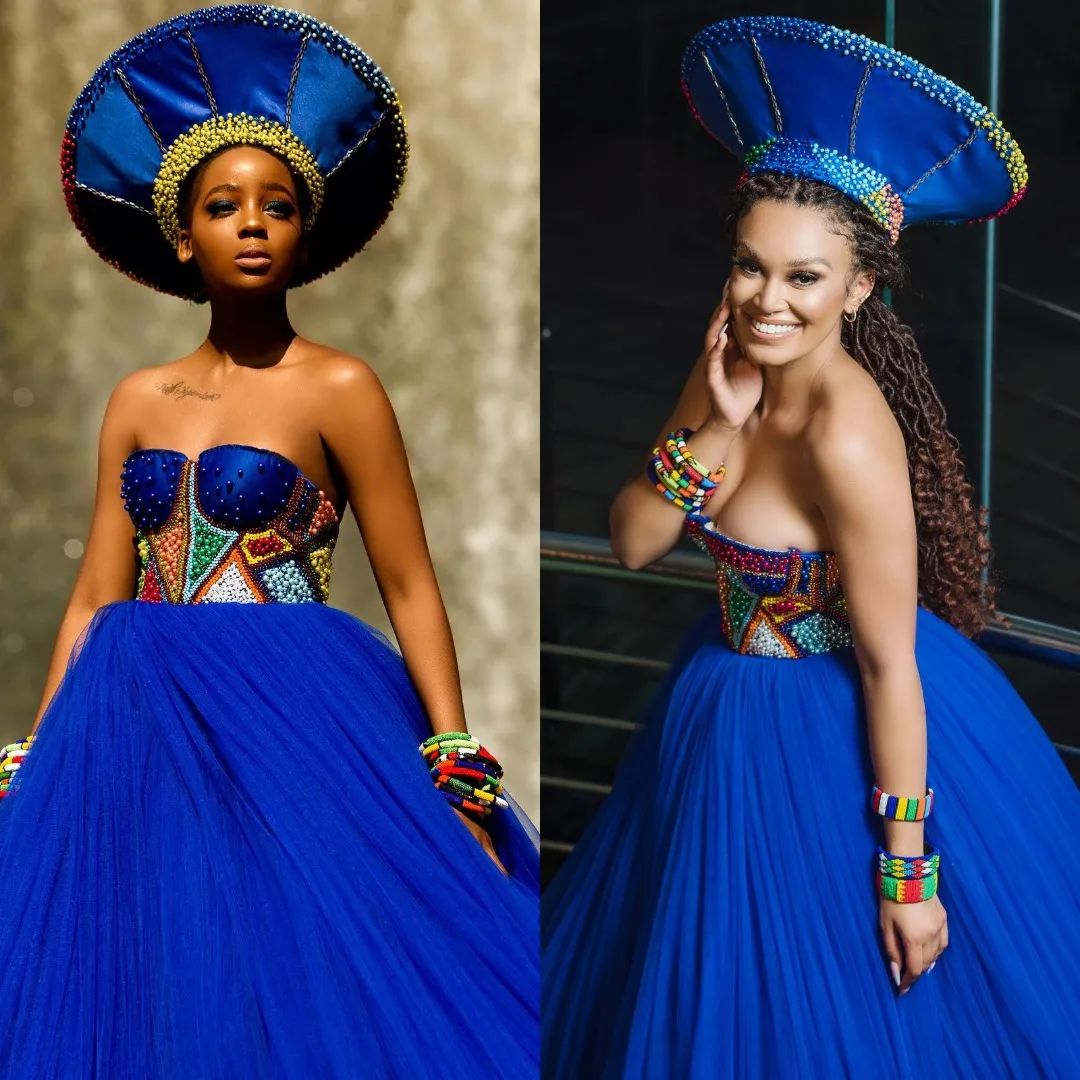
Influence of contemporary fashion on Zulu clothing
Contemporary fashion has played a significant role in shaping the modernization of Zulu attire. Elements of contemporary fashion, such as new materials, innovative designs, and global trends, have been incorporated into Zulu clothing to give it a fresh and modern appeal. This infusion of contemporary fashion has not only attracted younger generations but has also made Zulu attire more accessible and versatile.
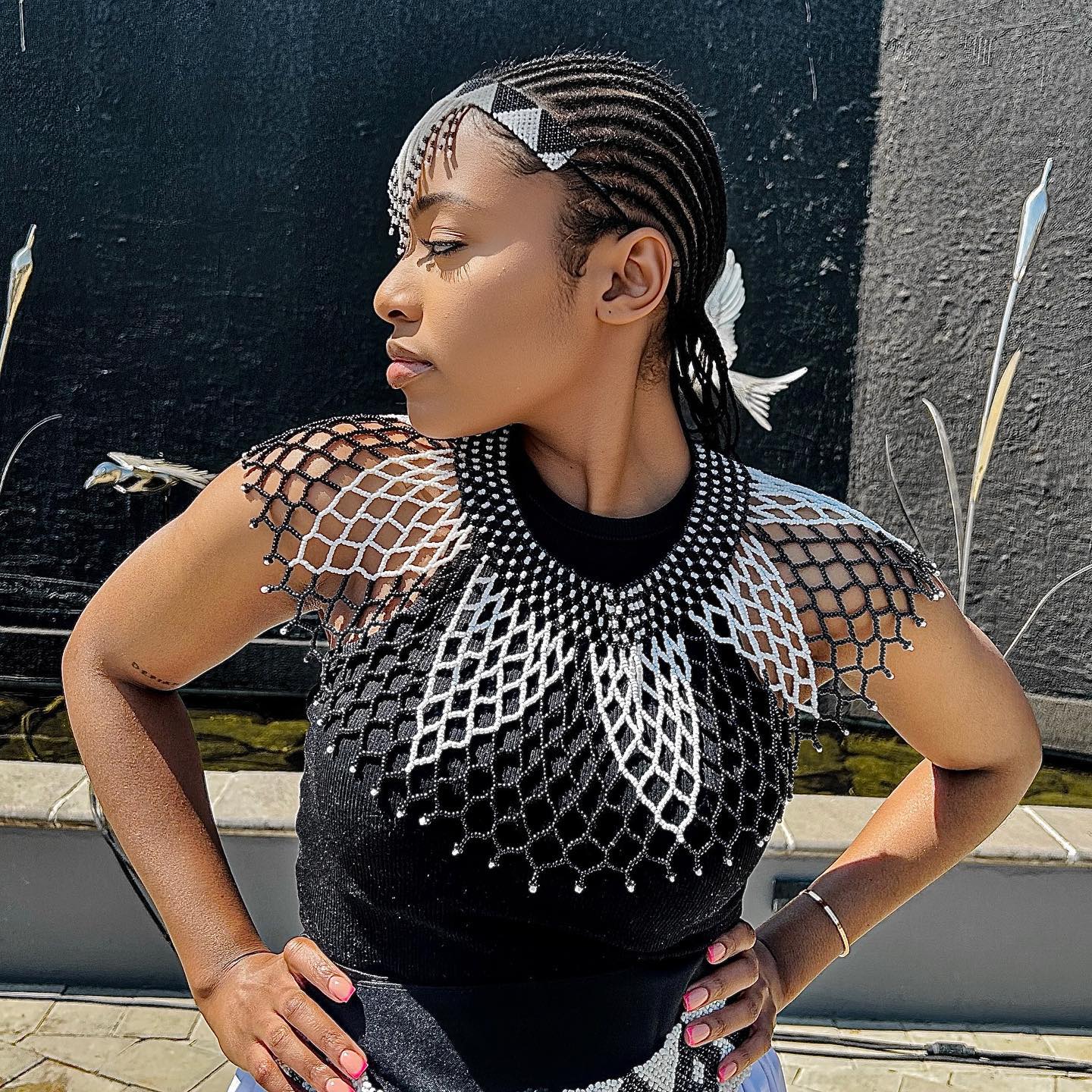
Adaptation of traditional patterns and designs
While modernization has introduced new elements, the traditional patterns and designs of Zulu clothing continue to be cherished and adapted. These traditional motifs hold deep cultural significance and are often incorporated into modern garments, showcasing the rich history and symbolism of Zulu culture. From bold patterns to intricate beadwork, these traditional elements add a sense of authenticity and pride to modernized Zulu attire.
Overall, the modernization of Zulu attire has allowed the preservation and celebration of cultural identity and tradition. By incorporating contemporary fashion influences and adapting traditional patterns and designs, Zulu clothing has evolved into a vibrant expression of heritage that is both timeless and relevant in today’s world.
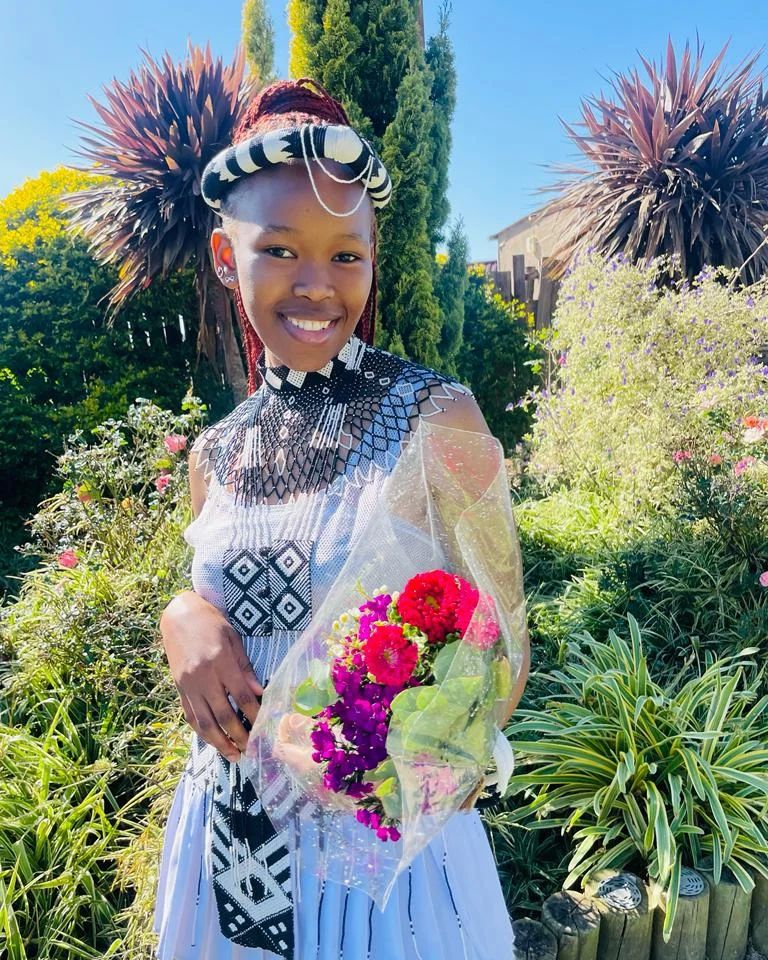
Zulu Attire in Ceremonies and Celebrations
Zulu attire holds immense cultural significance, not only in everyday life but also in ceremonies and celebrations. The traditional clothing worn during these events showcases the rich heritage and cultural identity of the Zulu people. Whether it’s a Zulu wedding or a cultural event, the attire plays a vital role in expressing tradition and celebrating their roots.
Attire for Zulu Weddings
Zulu weddings are vibrant and joyful celebrations where traditional attire takes center stage. The bride typically wears a stunning dress called an “isidwaba,” which is made from colorful and intricately patterned fabric. The groom complements her outfit with a matching attire called “umkhayi.” The bride and groom’s families also wear traditional outfits, creating a visually captivating display of culture and unity.
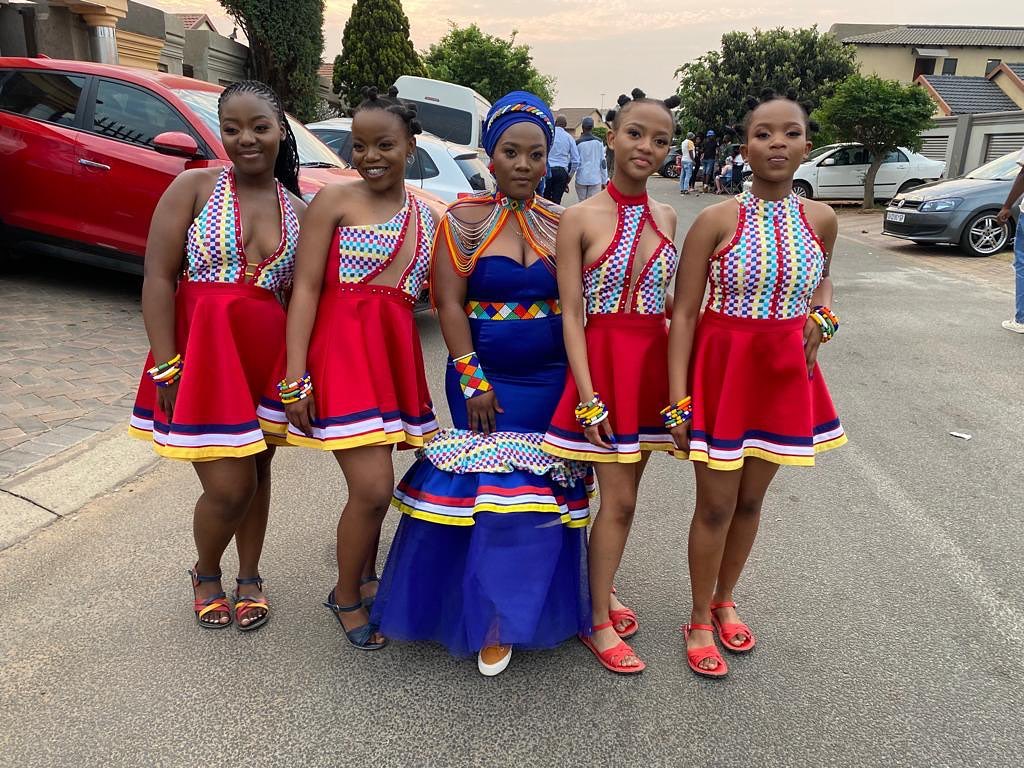
Clothing Worn during Zulu Cultural Events
Zulu cultural events, such as festivals and ceremonies, provide an opportunity for the community to come together and celebrate their heritage. During these events, men and women adorn themselves in traditional attire that represents their cultural identity. This may include vibrant skirts, beaded necklaces, headpieces, and other accessories. The clothing is often adorned with intricate beadwork and bold patterns, showcasing the creativity and craftsmanship of the Zulu people.
In conclusion, Zulu attire is not just clothing; it is an expression of cultural identity and tradition. Whether it’s a wedding or a cultural event, the attire worn by the Zulu people represents their rich heritage and serves as a visual symbol of pride and unity. Through their vibrant and dynamic clothing, the Zulu people continue to celebrate and honor their roots, passing down their traditions through generations.
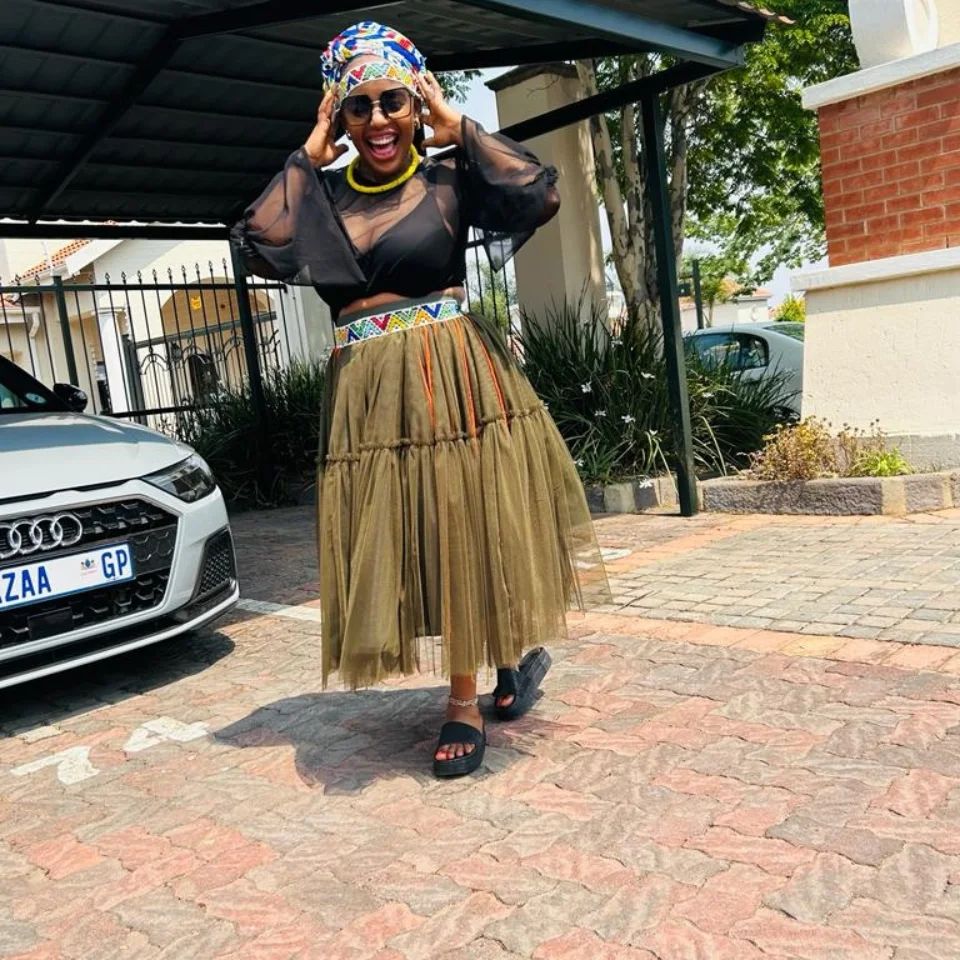
Challenges and Revival
Challenges faced in preserving Zulu attire
Preserving and promoting traditional Zulu attire is not without its challenges. The fast-paced modern world and Western influences have posed a threat to the continuation of these cultural traditions. As young Zulu generations embrace Western fashion trends, there is a risk of losing the unique identity and significance of their traditional clothing.
Another challenge is the accessibility of materials and craftsmanship required to create authentic Zulu attire. Traditional designs often incorporate intricate beadwork and unique patterns, which require skilled artisans and specialized materials. As these skills become less common and the demand for cheaper, mass-produced clothing increases, the art of creating traditional Zulu attire is at risk of fading away.
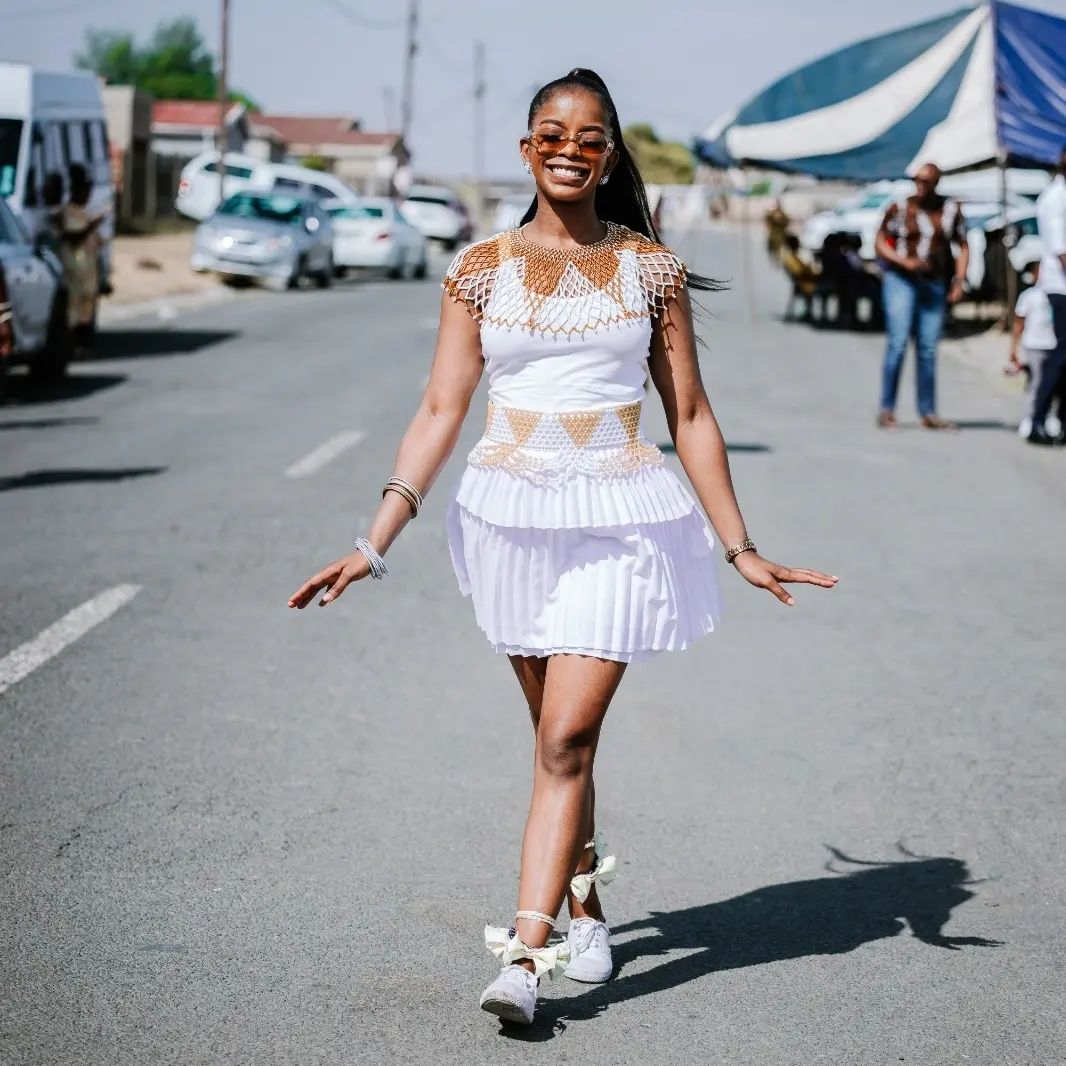
Efforts to revive and promote traditional Zulu clothing
Fortunately, there are efforts being made to revive and promote traditional Zulu clothing. Cultural organizations, fashion designers, and individuals passionate about preserving their heritage are working together to create awareness and appreciation for Zulu attire.
Fashion shows, exhibitions, and cultural events are being organized to showcase the beauty and significance of traditional Zulu clothing. These platforms not only educate the younger generations about their cultural heritage but also create opportunities for local artisans and designers to showcase their skills and collaborate with fashion industry professionals.
Additionally, initiatives to support and empower local craftsmen and women are being established. By providing training, resources, and support, these initiatives aim to ensure the continuation of traditional crafting techniques and the availability of authentic Zulu attire.
The revival and preservation of Zulu attire are vital in maintaining the cultural identity and heritage of the Zulu people. Through these collective efforts, future generations will be able to embrace and celebrate their roots, keeping the traditions alive for years to come
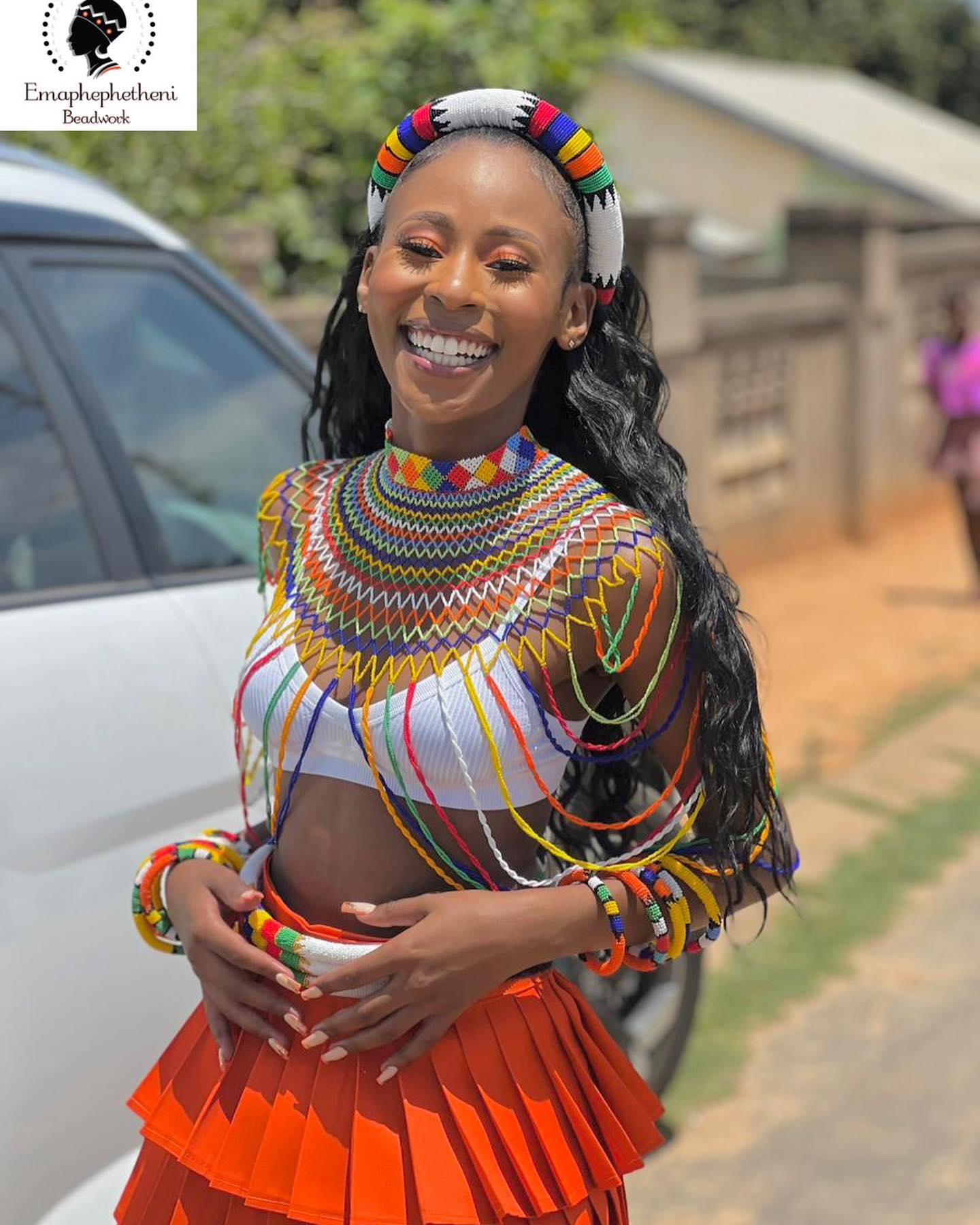


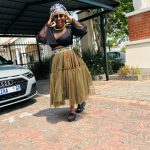

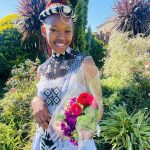



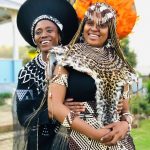
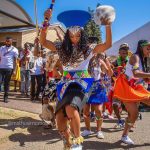
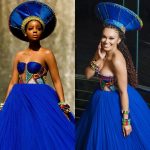


Comments are closed.